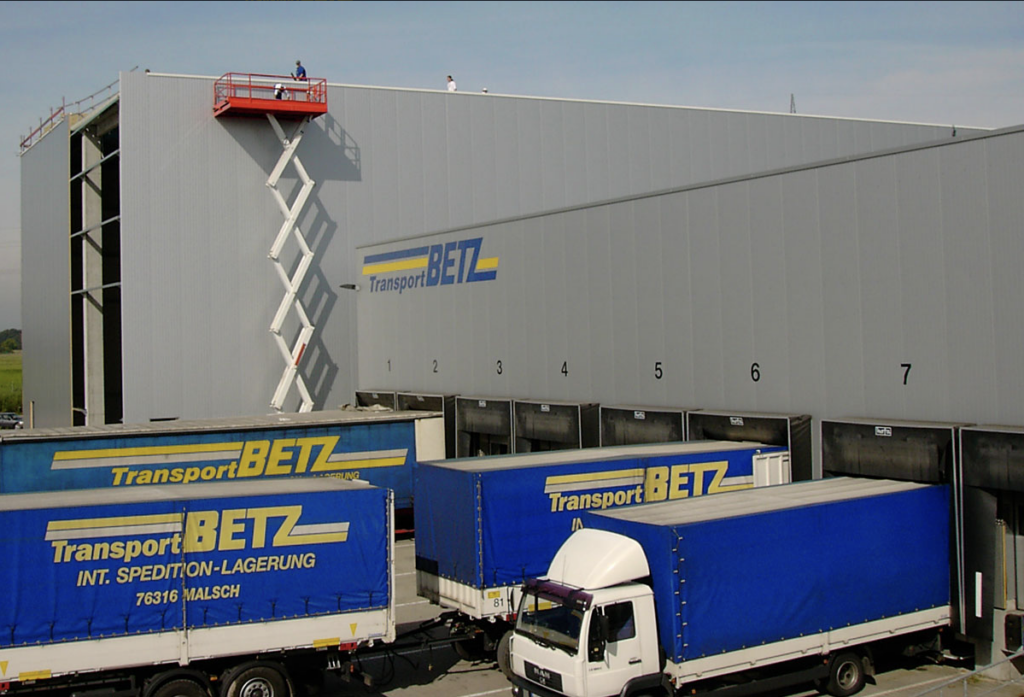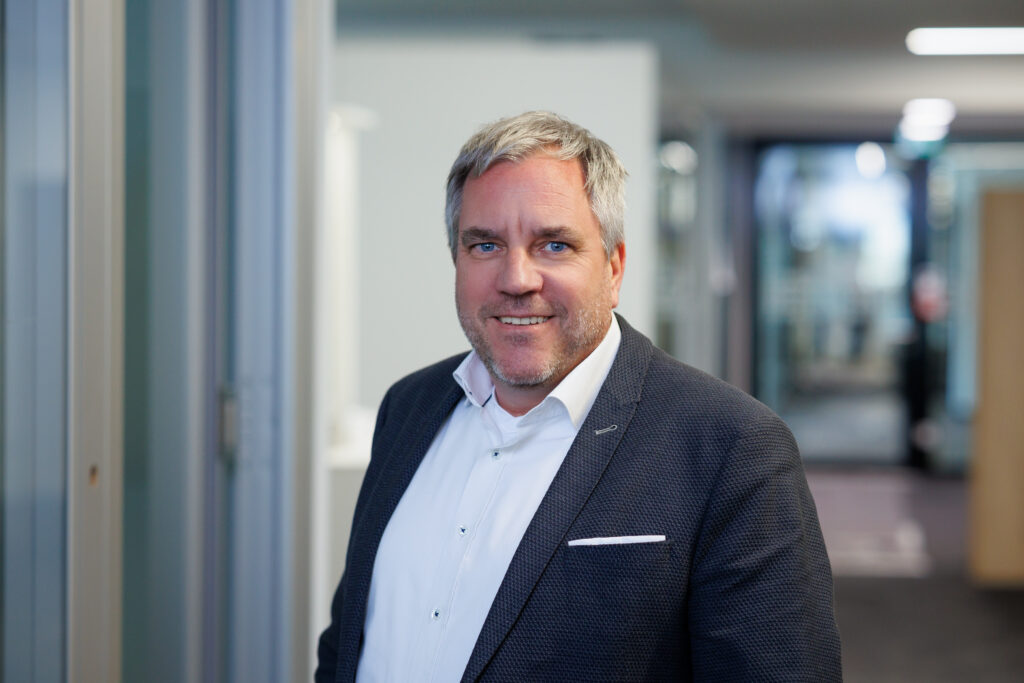DB Schenker has completely modernized its high-bay warehouse in Bad Fallingbostel within nine months: On behalf of an American food company, the contract logistics provider is organizing the entire warehouse management, order picking and co-packing with a fully integrated ERP solution.
To ensure that supplies do not run out, the Group's goods have to find their way from the warehouse to the supermarket within 48 hours of being ordered. A logistical challenge - for which the American company has brought an experienced partner on board: since 2012, DB Schenker has been taking care of warehousing, pallet management, order picking and the packaging of display items (co-packing) as well as the assembly of advertising displays at the Bad Fallingbostel site. An average of 100 trucks with a total of 3,800 pallets leave the loading bay there every day, around 570 of which are picked.
Trustful cooperation
On the ERP side, the food company and its logistics partner at the time have been relying on GUS Group solutions since 1994. They started using the GUS solution CHARISMA when a new DB Schenker warehouse was built in Bad Fallingbostel. Both market requirements and technological developments have changed a lot during this time. "The warehouse management system of the materials handling supplier was outdated, so we had to take action," explains Thomas Deneke, IT manager at DB Schenker's Bad Fallingbostel site. The contract logistics provider therefore set out to find a new warehouse management system together with its customer. "We looked at several software manufacturers, but ultimately decided on GUS again," Deneke recounts. "On the one hand, their offer convinced us technically, and on the other hand, we have already been working successfully for many years with GUS, which is now replacing CHARISMA with the successor product GUS-OS Suite."
A "somewhat different" migration path
For the introduction of the software, the team - consisting of employees from DB Schenker, the food company and the GUS Group - did not rely on classic project management including requirements specifications according to the V-model, but instead opted for an agile approach based on Scrum. The agile approach is based on the experience that many ERP projects are too complex to be mapped into a fully comprehensive plan. To that end, those responsible divided the project into several parts. "For each topic, we conducted individual workshops together with the users," recalls Dirk Nettersheim, then project manager on the part of GUS. "There, the users had the opportunity to make suggestions for process adjustments and additional functionalities."
Smooth implementation
DB Schenker and its customer jointly evaluated the results of the workshops. Based on this, the IT specialists then set about configuring, parameterizing and, in some cases, programming and testing the new software module by module - always in consultation with clients and users. "The agile project method has the great advantage that the users of the system are on board right from the start," says Kor Straat, branch manager at DB Schenker's Fallingbostel site. "As a result, we also had no acceptance problems whatsoever." Very good preparation contributed to the fact that the go-live took place smoothly within a weekend and had no impact on customer deliveries. "We are dealing here with `fast moving consumer goods` that have to be delivered around the clock and on the dot. We cannot afford delays or longer interruptions here," Straat emphasizes.
User friendly interface
In addition to warehouse management, DB Schenker now also maps the complete order processing, goods receipt from the production plant, picking and packing of displays (co-packing), completely via the ERP system of the GUS Group. Both project management and users are extremely satisfied with the system: "Our clerks can pull all the relevant information for smooth order processing from the system, even without IT knowledge," says Deneke. "In addition, users praise the clear and concise design of the individual screen views."
Warehouse data via WLAN directly to the picker
The fully integrated warehouse management system is also connected to the food company's SAP system, an EDI solution, and other external applications via interfaces - recently also to a pick-by-voice solution: Instead of picking lists on the screen, the warehouse employee now learns by voice which goods he should pack onto which pallet. "This saves time and prevents transmission errors," says Deneke. "That's because the information comes directly from the warehouse management system to the picker's headset via WLAN. So they no longer have to be read out separately." Nevertheless, it was not entirely easy to convince the employees of the modern system. "Some of our colleagues from the warehouse have been with us for many years and are sometimes rather reluctant when it comes to new technologies," says Deneke. "In the meantime, however, the initial skepticism has subsided."
Standstill: Missing
Today, a total of around 160 employees at DB Schenker work with the ERP application and the connected systems in the warehouse. The pick-by-voice solution is currently designed for 15 employees. Although this officially concludes the project, "there is always something to do," explains Deneke. "Since the food industry is extremely fast-moving, there are always market changes that we have to reflect in the IT system. In such cases, of course, we particularly benefit from the trusting cooperation with our ERP colleagues at GUS."


